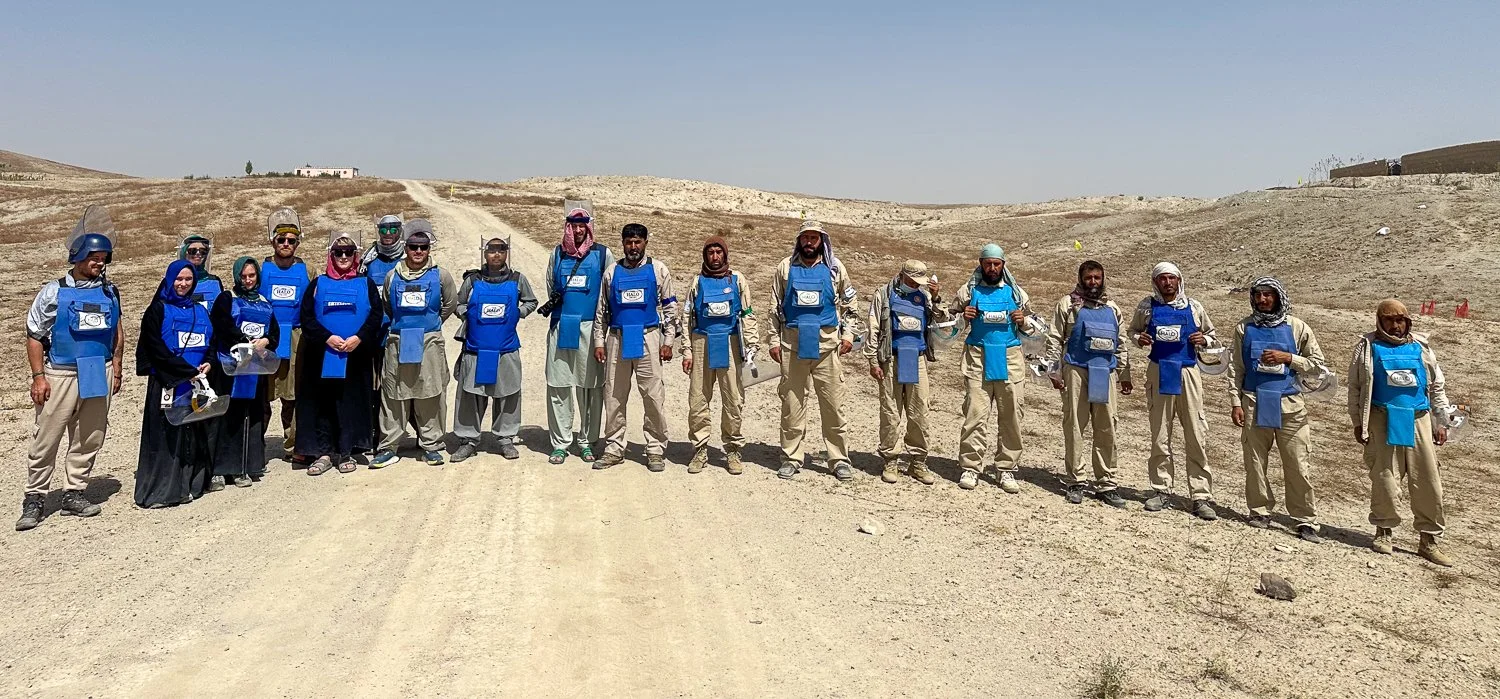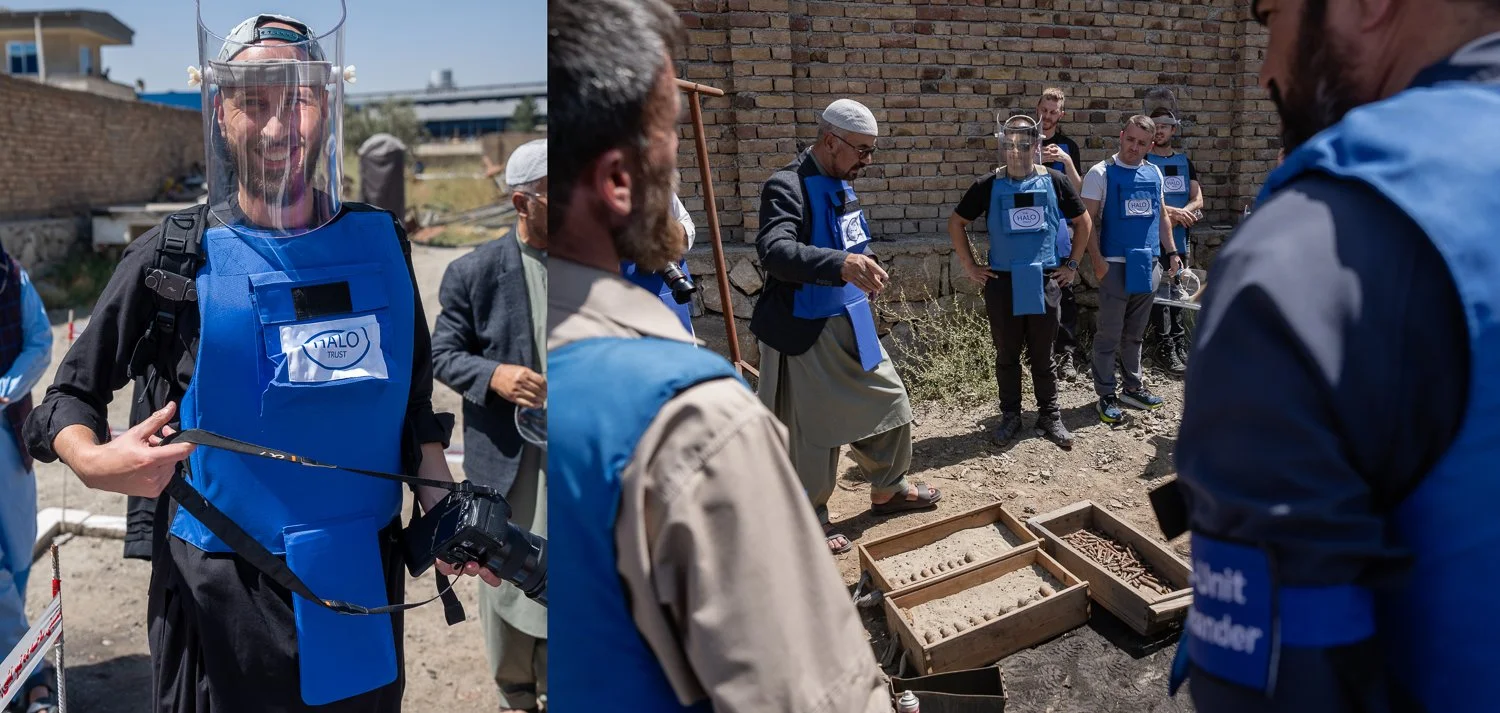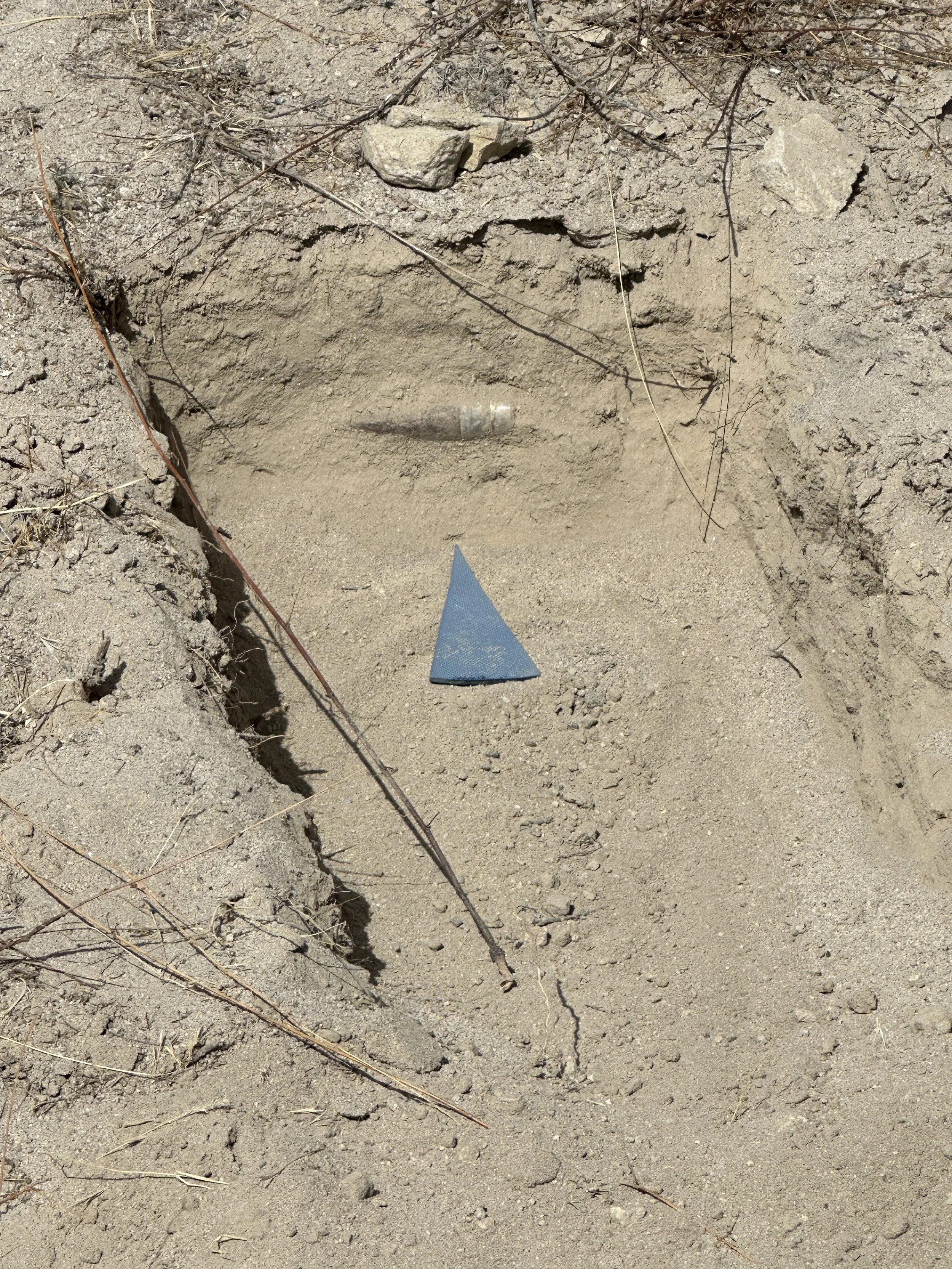Visiting the HALO Trust in Afghanistan
Our original vision for Safarat was to meld our experience and passion for Afghanistan with our contacts and connections from our careers in journalism. We hoped that we would be able to tell the country’s story better, blending tourism with a shot of realism.
Too many tour operators offering journeys through “difficult” places in the world gloss over the ongoing suffering around them – they often proudly share reviews from their clients riddled with cliches about media bias and perception.
It’s why we were delighted to be able to hosted by the HALO trust who are a British-based nonprofit organization that specializes in clearing landmines, unexploded ordnance (UXO), and other remnants of war from post-conflict zones around the world.
The trust has been working in Afghanistan since 1988 - their work has saved lives and transformed once-dangerous landscapes into usable land for agriculture, housing, and infrastructure, helping people rebuild their lives after conflict. Most importantly the trust is seen as a non-political organisation and was able to continue their work through the country without fear of attack from any group through the worst of the fighting in the last 30 years.
Our travellers were invited first to Kabul’s steel recycling factory on the edge of the city. The trust was forced to establish a program there after numerous members of the factory’s staff were injured whilst attempting to recycle unexploded ordnance – a huge amount of the scrap metal brought into the factory, collected by poor people in the provinces surrounding Kabul is military in origin.
Donning protective vests and visors we were shown the daily quantity of shells, bits of bombs, mortars and other ammunition brought to the factory as scrap. We were also able to safely blow up a small part of this ammunition to make it safe.
An unexploded shell from the Soviet period found on the site on the morning of our visit.
Later in our trip the trust’s Afghan staff also welcomed us onto an active minefield a short way from the main Kabul to Kandahar highway. The site had been a crossing point for army’s, militants and fighters since the Soviet invasion in 1979. Not only had members of the mujahadeen buried weapons caches in the area, but Soviet forces had then mined and bombed the area targeting – leaving more hazards for local people. The crossing point then became a focus for fighting between the Taliban, Afghan Army and ISAF forces between 2001 and 2021 – with the result that even more unexploded ammunition and IED’s were spread across the site.
All this is just a couple of hundred meters from the country’s main arterial road – and sadly a passenger bus was blown up just days before we arrived near the site after it diverted around some road works into the countryside hitting a anti-vehicle mine.
This is the real story of Afghanistan. This is Safarat…




